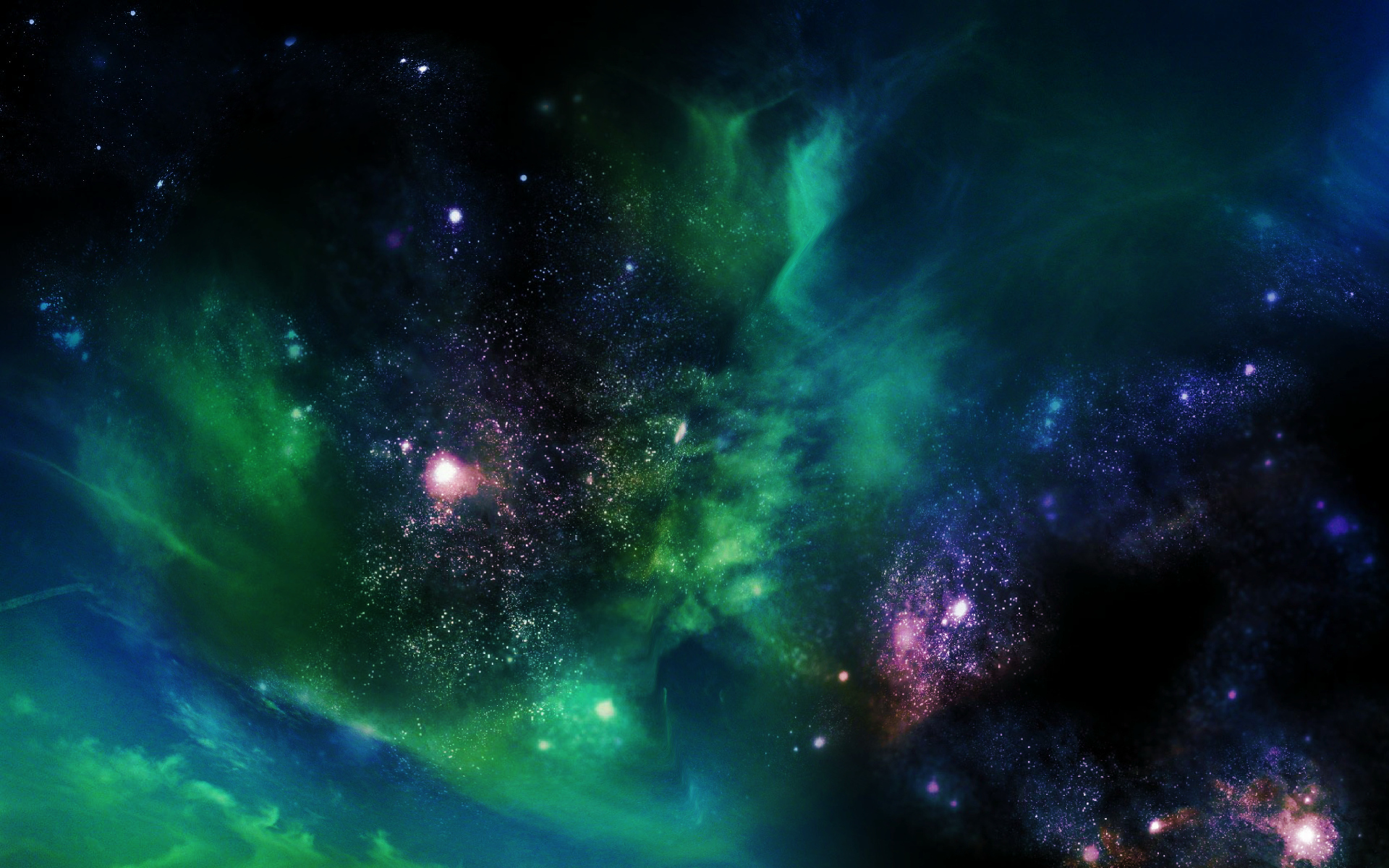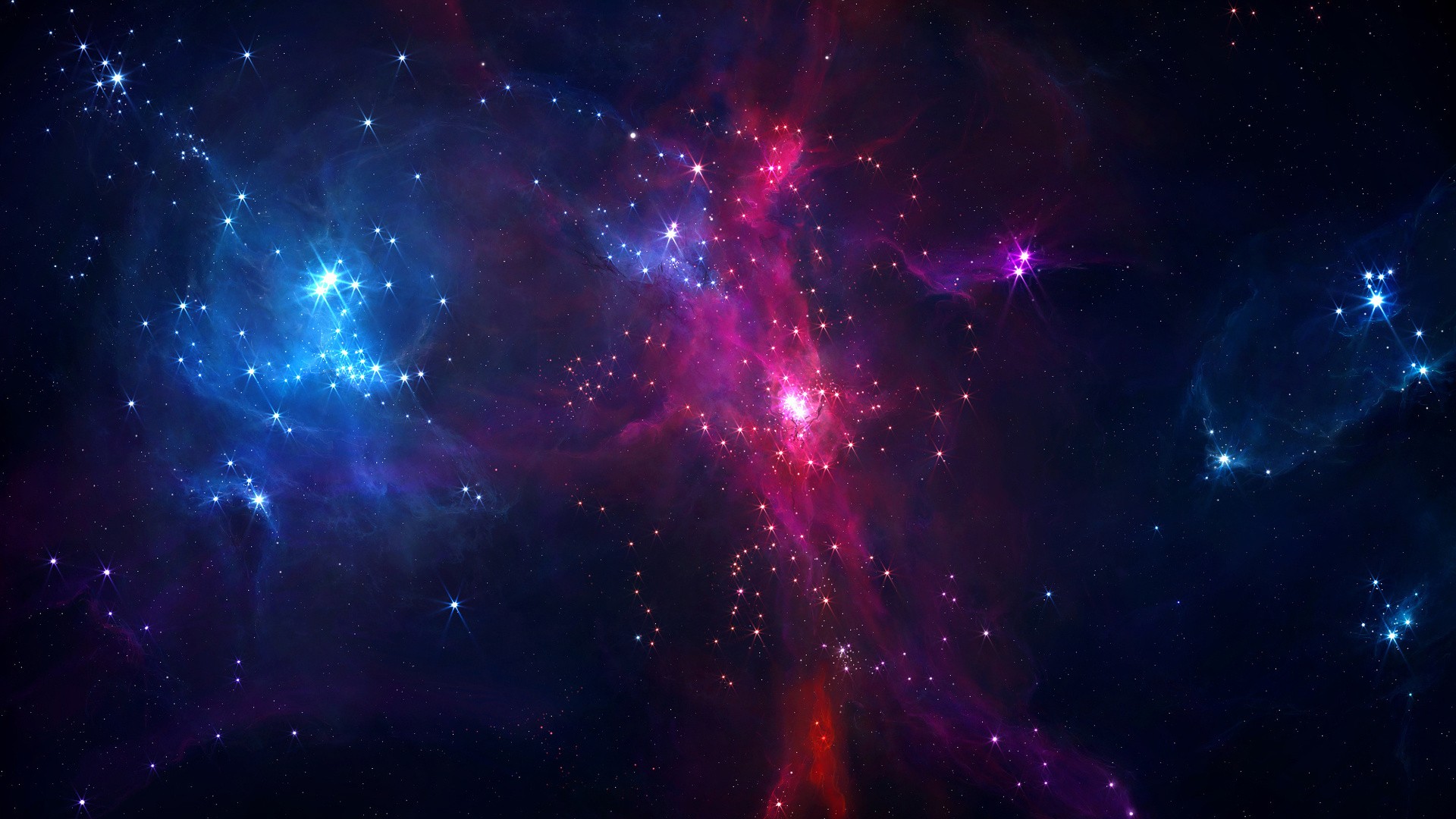
Astronomers have discovered a giant cosmic void that explains why our Local Group of galaxies is moving through the universe as fast as it is.

A team from the Netherlands has tested the new theory of theoretical physicist Erik Verlinde for the first time through the lensing effect of gravity.

A stunning new image captured by the Hubble Space Telescope shows a galaxy that's being strangled by tentacles of gas and dust. The strange and intricate shape of this celestial object is caused by a supermassive black hole.

An international team of astronomers has discovered a previously unknown major concentration of galaxies in the constellation Vela, which they have dubbed the Vela supercluster.

Using two of the world's largest configurable telescopes, scientists have created the most detailed map yet of hydrogen atoms the Milky Way.

The X-ray emissions were discovered by chance beyond the Milky Way and no one really knows what is causing them.

Astronomers have performed an accurate census of the number of galaxies in the universe. There are at least 10 times as many galaxies in the observable universe as previously thought.

An international team of astronomers crack the case of a mysterious galaxy,Markarian 1018, that has suddenly dimmed after shining brightly for 30 years.

The European Space Agency is set to unveil a three-dimensional map of a billion stars in our galaxy that is 1,000 times more complete than anything existing today.

Dragonfly 44, as it has been named, is roughly the same size as our Milky Way but with far fewer stars. Rather, the galaxy appears to be composed largely of dark matter, which does not emit light or interact with electromagnetic radiation.

A major revision is required in our understanding of our Milky Way Galaxy. Astronomers have found that there is a huge region around the center of our own galaxy, which is devoid of young stars.

That's galaxies, not stars. After spending a decade measuring the stars, scientists just released a 3D map spanning 1.2 million galaxies.

The galaxy we're zooming in is LEDA 36252. It's a tadpole galaxy 82 million lightyears away that has been steadily turning out new stars at an incredible rate for billions of years.

Scientists are solving one of the biggest unsolved mysteries in galaxy evolution. Scientists have uncovered a new class of galaxies, called "red geysers," with supermassive black hole winds so hot and energetic that stars can't form.

Astronomers have used gravitational lensing to detect an incredibly faint early-universe galaxy 13 billion light years away.